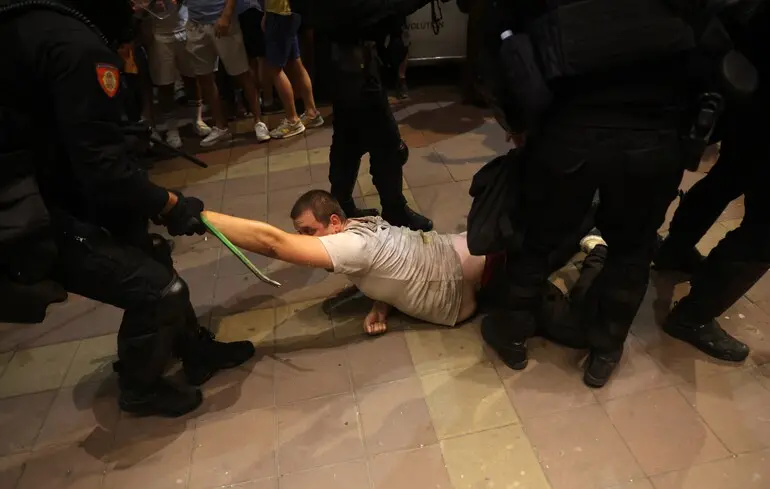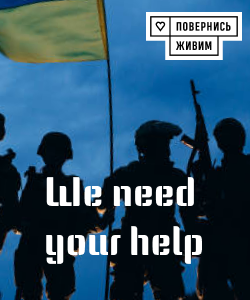Escalation of Tensions in Serbia: Mass Protests, Clashes, and Political Crisis

In the Serbian city of Novi Sad, recent large-scale anti-government protests have spiraled into street skirmishes between supporters of the ruling party and demonstrators.
Protesters voiced their dissatisfaction with the government’s actions, while supporters of the authorities responded with pyrotechnics, throwing flares and firecrackers into the crowd.
Law enforcement intervened to restore order, but their efforts only further intensified the unrest.
This incident marked yet another episode in the ongoing nine-month-long protests that began last November following a tragic collapse of a roof at Novi Sad train station, which resulted in multiple casualties.
Originally triggered by this tragedy, the protests expanded into a widespread movement demanding accountability, anti-corruption measures, and political change.
Serbian President Aleksandar Vučić, whose popularity has been waning, addressed the nation via television, blaming foreign forces for the unrest and promising arrests of those responsible for violence.
Nevertheless, independent sources and journalists on the ground reported that supporters of Vučić initiated the attacks, using staves, batons, and other weapons against the protesters.
These events have significantly worsened the country’s stability and risk escalating into a larger conflict.
Demonstrations calling for regime change continue in the capital, Belgrade, where police are closely monitoring protests to prevent supporters from approaching government offices.
Meanwhile, students and civic activists persist in rallying citizens for mass protests across major Serbian cities such as Kragujevac, Nis, and Cacak.
Overall, the situation remains tense, with experts warning of possible further escalation that could have long-term regional repercussions.

